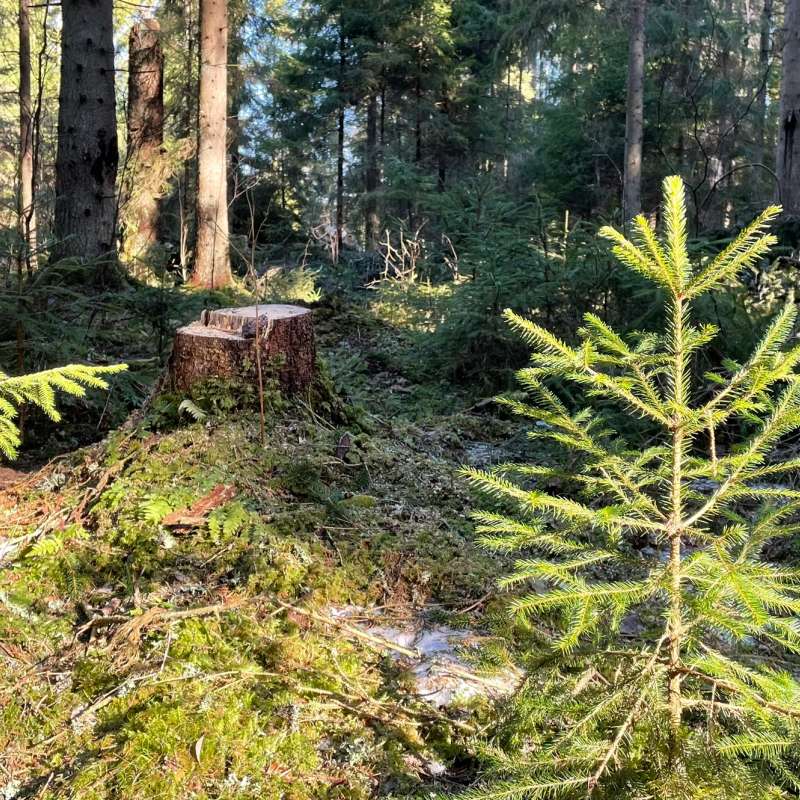Magne Sætersdal
Seniorforsker
Sammendrag
Det er ikke registrert sammendrag
Sammendrag
Det er ikke registrert sammendrag
Til dokument
Forfattere
Eivind Handegard Ivar Gjerde Rune Halvorsen Robert John Lewis Ken Olaf Storaunet Magne Sætersdal Olav SkarpaasSammendrag
Det er ikke registrert sammendrag

